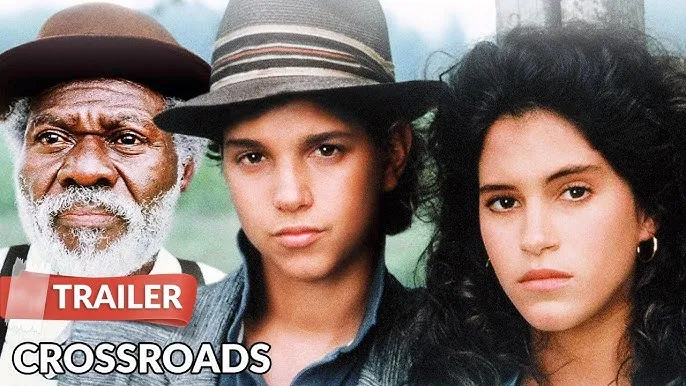Film Review: The Witch (2015) – A Chilling Descent into Religious Fear and Folklore
The Witch (also stylized as The VVitch: A New-England Folktale), released in 2015, is a psychological horror film that stands apart from conventional genre offerings. Written and directed by Robert Eggers in his directorial debut, the film is a meticulously crafted exploration of religious fanaticism, isolation, and supernatural dread in 17th-century colonial America. With its chilling atmosphere, period-accurate dialogue, and slow-burning tension, The Witch has become a modern classic in elevated horror cinema.
Set in the 1630s, the story follows a Puritan family who is exiled from their settlement and forced to build a new life on the edge of a dark, foreboding forest. The family — father William, mother Katherine, teenage daughter Thomasin, and their younger children — is devoutly religious, relying on prayer and hard work to survive in the wilderness. But soon after their banishment, strange and terrifying events begin to occur. Their newborn child vanishes mysteriously, their crops fail, and paranoia slowly infects the family.

At the heart of the story is Thomasin, played with eerie intensity by Anya Taylor-Joy in her breakout role. As the family’s eldest daughter, Thomasin becomes the scapegoat for the misfortunes that plague them. Accusations of witchcraft begin to circulate, driven by fear, grief, and religious extremism. As tensions rise and the family unravels, Thomasin is forced to confront the terrifying possibility that evil may indeed be lurking in the forest — or perhaps within the family itself.
One of the film’s most remarkable achievements is its authenticity. Eggers conducted years of historical research to ensure the film’s language, costumes, and sets accurately reflect the period. The dialogue is drawn from actual 17th-century texts, adding to the immersive and unsettling tone. The use of natural lighting, bleak landscapes, and haunting silence makes every frame feel oppressive, mirroring the family’s growing despair.

Mark Korven’s haunting score, filled with dissonant strings and choral moans, enhances the film’s sense of dread. The forest becomes a character in itself — a vast, unknowable force that mirrors the psychological decay of the family.
Unlike traditional horror films that rely on jump scares, The Witch builds tension through atmosphere, performance, and suggestion. It delves deep into the horrors of religious repression, gender roles, and the destructive power of fear. The supernatural elements are subtle, blurring the line between madness and reality until the shocking and unforgettable final act.
The film ends on a surreal and provocative note, as Thomasin, having lost everything, chooses to embrace the darkness that has haunted her family. The closing scene — a black mass in the forest led by the devil in disguise — is both liberating and terrifying, cementing the film’s place as a bold statement on the cost of blind faith and the seduction of freedom.

In conclusion, The Witch is a masterful piece of folk horror that explores timeless themes through the lens of historical realism. With its chilling mood, standout performances, and philosophical depth, it offers a horror experience that lingers long after viewing. It's not just a tale about witches — it's a story about belief, control, and the darkness within.



